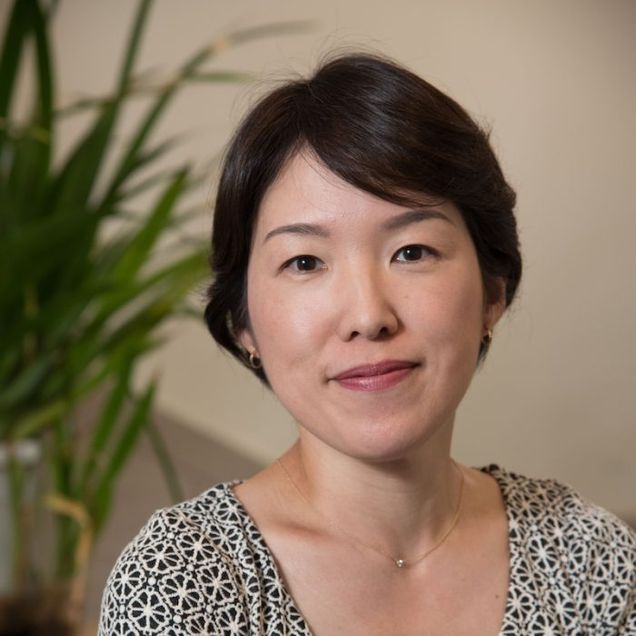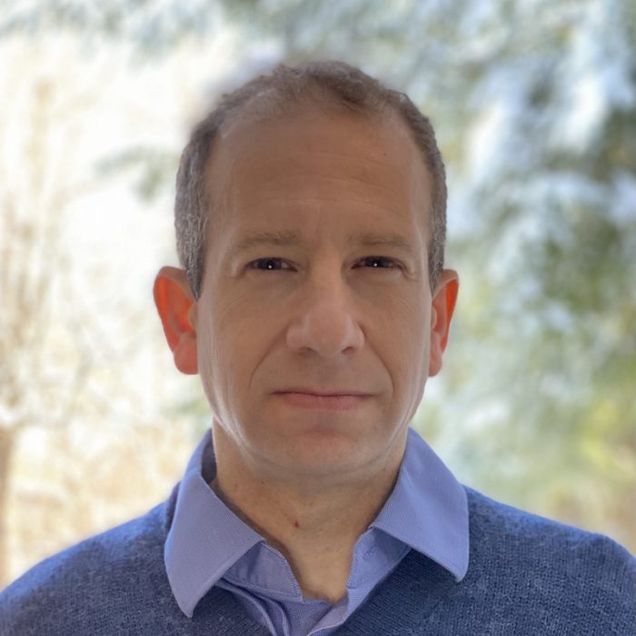#BUandBoston: Capturing the Voices of Boston Youth Impacted by COVID-19
This post is part of our #BUandBoston series, highlighting the work and research of BU students, faculty, and staff throughout the City of Boston. Interested in having your Boston-related work featured? Tag us on Instagram or Twitter (@BUonCities) using the #BUandBoston or send us an email at ioc@bu.edu.
Seeking to better understand the challenges faced by Boston’s youth while they navigate the COVID-19 pandemic, researchers in the BU Wheelock College of Education and Human Development collaborated with community-based organizations around Boston to interview about 60 Boston high school students. The study aimed to capture the voices of local youth and analyze the barriers that have prevented them from engaging fully in their education, including mental health, familial responsibilities, and economic hardships.

Yasuko Kanno, Associate Professor of Language Education and Chair of the Department of Language and Literacy Education at BU Wheelock, led the study, which was supported by a 2021 Early Stage Urban Research Award from the Initiative on Cities. Kanno was joined by Jonathan Zaff, Research Professor of Applied Human Development and Director of the CERES Institute for Children & Youth at BU Wheelock.
According to Kanno, the pandemic placed disproportionate burdens on students from minority groups. “I work closely with local schools, and I’ve been hearing a lot about how English learners are just disappearing from classes at a much larger rate than other students. So, I wanted to learn, well, where are they? If they’re not attending schools, what has happened to them?”
Zaff explained that previous studies offered relatively surface-level information on the type of support students need from schools, such as requesting better technology or feeling generally stressed. Other studies focused on the pandemic’s impact on younger students with regard to reading proficiencies and socio-emotional development, but there was a gap in the narrative around the wellbeing of older students.

“All too often, we go to administrators, we go to parents, we go to others and ask them about their opinions of young people,” said Zaff. “When you actually talk to young people directly, what they tell us is so illuminating. We can have a much better perspective on how to actually better support them and provide them the opportunities they need to thrive in the ways that we know they can.”
Throughout the interviews, students repeatedly expressed concerns about the monotony of everyday life during remote learning. Many students felt isolated from their peers and unable to learn effectively outside of a traditional classroom, which negatively impacted their grades and mental health. Despite feeling isolated, many students said they were afraid to return to attending school in-person because their social skills weakened.
Several students also tested positive for COVID-19 or had family members that died from the disease. Many students worried they would be exposed to the virus if they had to sit in crowded cafeterias without masks or social distancing. They reported facing anxiety because they were afraid to bring the virus back to their immunocompromised family members, younger siblings, or grandparents.
“You have this sort of stereotypical image of youth as being invincible, but we did not find that at all. They were very conscious of the risk of going back in-person. Some of them felt strongly that the school won’t care until one of [them] dies,” said Kanno. “These are young people, so you would not expect this generation to be exposed to so much illness and death.”
Young people also took on greater responsibilities during the pandemic, such as working to financially support their families or taking care of their younger siblings and grandparents. As students returned to in-person school, they often lost the flexibility to balance these commitments.
“When I interact with high school educators, there is a lot of excitement about the joy of having students back in school and being able to interact with them. That’s great, but at the same time, all the challenges haven’t disappeared,” said Kanno. “If the schools do not operate with this recognition that the challenges are continuing, the burden is placed on the youth to deal with that individually.”
According to Kanno, one of the most striking findings was that none of the schools offered structured support systems to students. Some youth turned to individual teachers, guidance counselors, or community-based organizations during times of hardship, but none reported having access to organized efforts from their schools. Kanno and Zaff hope their research can help inform leaders in Boston on effective strategies to better support students.
“There’s a healthy tension of recognizing the need for trauma-informed practice, and for attending to the social and emotional needs of young people, coupled with a big push to accelerate young people in their education,” said Zaff. “So how do you create those opportunities for adults in the lives of the young people to be supportive and create opportunities for young people to connect with each other?”
Following the completion of their data collection and analysis, Kanno and Zaff plan to conduct briefings with local leaders in Boston Public Schools and community-based organizations, post a white paper to the CERES Institute website, and hold an event to inform the public of their findings.
The IOC has funded over 70 projects to date through the Early State Urban Research Awards. Learn about past projects and learn how to apply for future funding opportunities here.